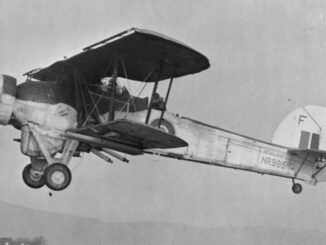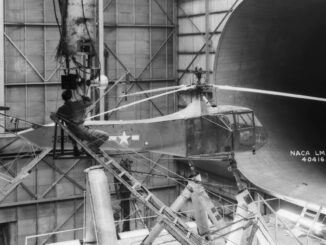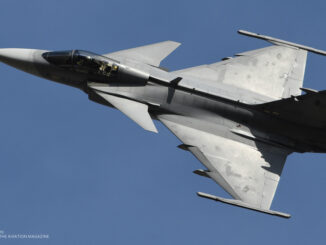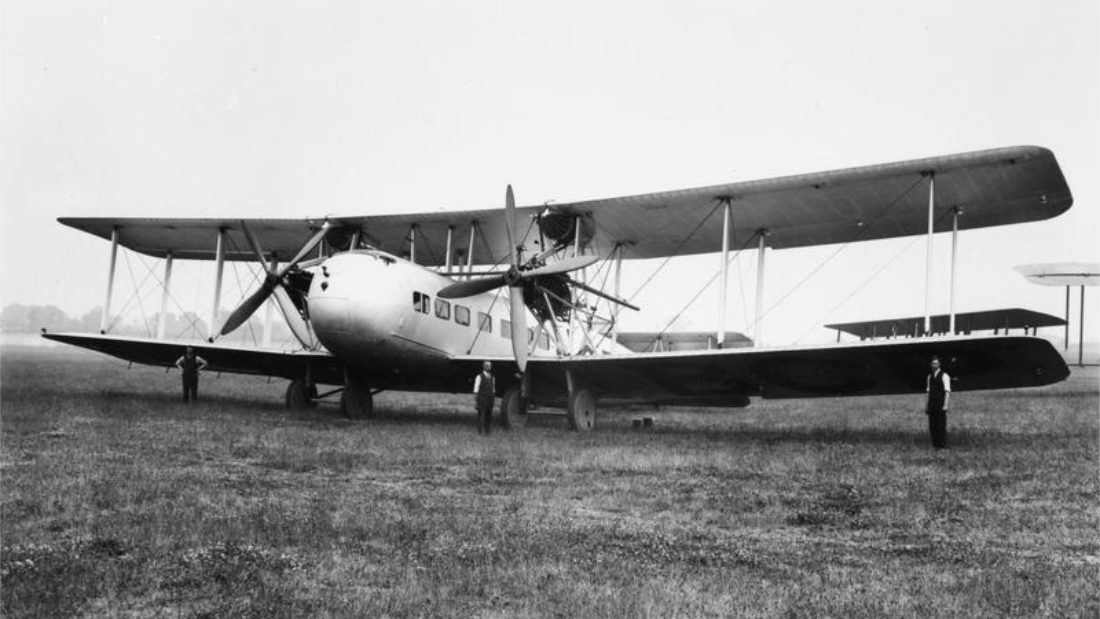 On 22nd August 1922, the prototype of the Vickers Victoria freighter biplane performed its maiden flight at Brooklands, the United Kingdom.
On 22nd August 1922, the prototype of the Vickers Victoria freighter biplane performed its maiden flight at Brooklands, the United Kingdom.
In 1920, the British Air Ministry issued Specification 5/20 for a twin-engine troop-carrier biplane. It was responded by two aircraft manufacturers, Armstrong Whitworth (with the Awana) and Vickers (with the Victoria).
At the beginning of the following year, the Air Ministry ordered two prototypes of each submitted design. Both aircraft were to be equipped with the same type of powerplant: two Napier Lion engines, each generating 450 hp.
The aircraft proposed by Vickers was based on two other designs developed by the company. The Victoria used the fuselage of the Vernon transport aeroplane and shared wings with the simultaneously developed Virginia heavy bomber. The aircraft featured an enclosed cabin for twenty-four troops and an open cockpit for two-person crew.
Two variants of the Victoria prototype were built, designated Mk I and Mk II, respectively. They differed in terms of location of the fuel tanks, the shape of the engine nacelles, and the radiators. On 22nd August 1922, the Victoria Mk I successfully performed its maiden flight, followed by the Mk II in September of the same year.
The Armstrong Whitworth Awana was ready almost a year later and made its first flight on 27th June 1923. However, the aeroplane was deemed insufficiently strong for a heavy transport aircraft and difficult to control during landing. Consequently, the Air Ministry opted for the Victoria and, in March 1925, placed an order for fifteen examples of the aeroplane.
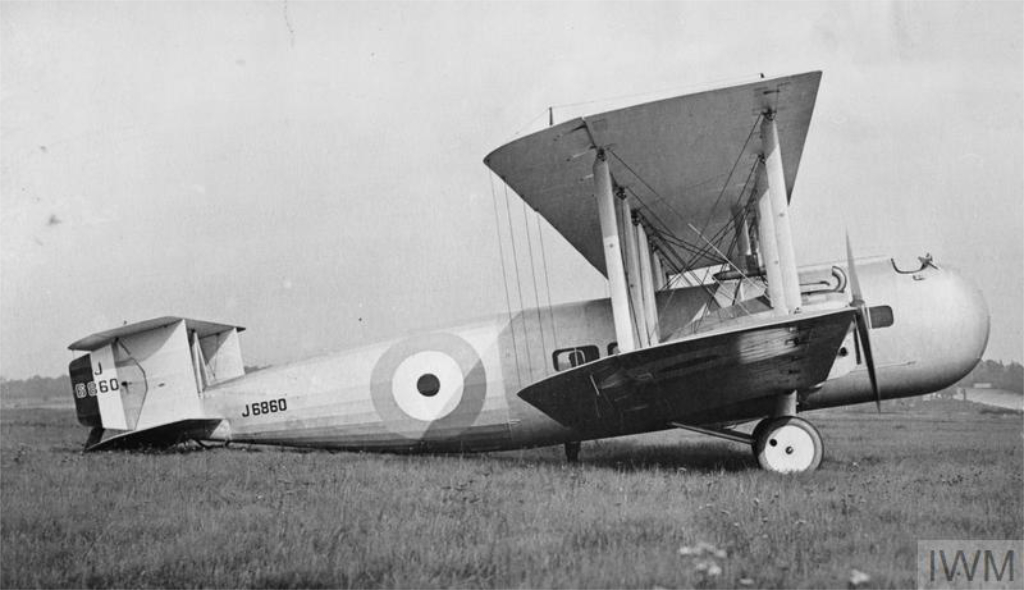
The first production series of the Victoria, designated Mk III, incorporated modifications already implemented in the aforementioned Virginia bomber, specifically back-swept wings and a metal-reinforced airframe.
On 23rd February 1926, the first Victorias were delivered to the Royal Air Force (RAF). The aircraft were assigned to transport squadrons in Iraq and Egypt, with the Middle East becoming their main theatre of operations. The Vickers Victoria aeroplanes were used during the Kabul Airlift between 1928 and 1929, and then carried troops in Palestine, Jordan, Egypt and Cyprus.
In addition, the aircraft was used for training purposes by the Central Flying School, and also performed several long-range reconnaissance flights that paved the way for commercial air routes for Imperial Airways.
The Vickers Victoria aircraft remained in production into the early 1930s. Gradually, the wooden airframe and wing structure were replaced with an all-metal construction. The Victoria Mk V was fitted with more powerful 570 hp Napier Lion XIB engines and the final production variant, designated Mk VI, eventually received two Bristol Pegasus II powerplants, each generating 660 hp.
In 1934, a significant modernisation of the aircraft was developed. The new troop-carrier was designated the Valentia and shortly afterwards succeeded the Victoria in its main role as a transport aircraft.
From the following year, all the Victorias still in RAF service were converted to the Valentia standard. A few examples of the upgraded aircraft remained operational in Iraq until 1944.
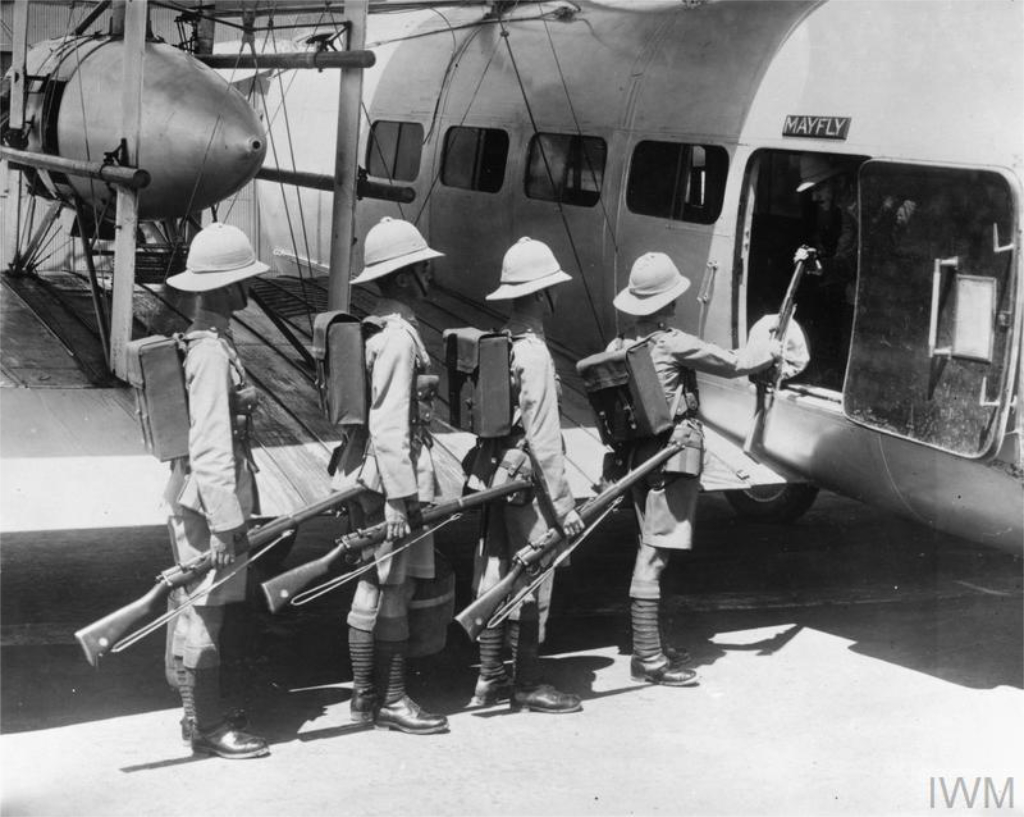
Cover photo: Vickers Victoria biplane freighter, © IWM Q 73264. All Imperial War Museums´ photos used under IWM Non-Commercial licence.

